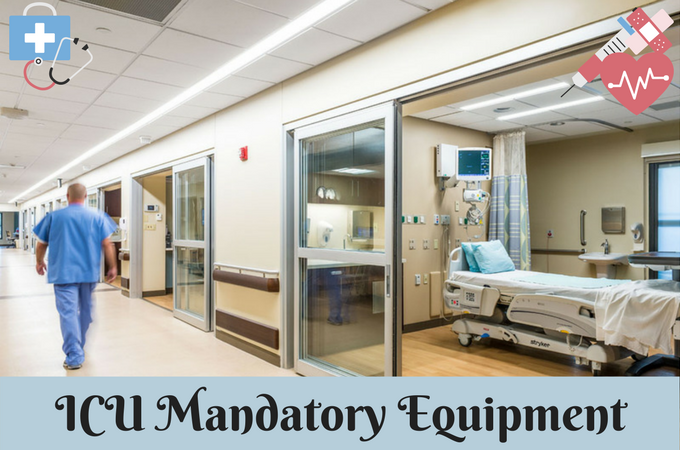Today’s topic offered by Canadian Pharmacy is critical care equipment.
ICU equipment is dependent on the patients’ condition. The equipment in the critical care units sounds in a different way including signals and alarms. Some signals make the staff understand some changes happen in the patient’s condition or to warn them to pay attention to the patients’ condition. Several signals in a raw require the immediate attention of the nurse, but there are cases when it is a normal state.
Ventilator
If your lung function disorders, and there are problems with breathing, the nurse has to hook up it to the ventilator in the critical care unit. A ventilator is an equipment that carries out the movement of the air with oxygen into and out of your lungs.
Monitoring Equipment
Usually, a patient should calm down before hooking up on a ventilator, because otherwise, it will be very uncomfortable to carry out this procedure. A sedative is a medicine that makes you sleep.
Ventilators can be set up the different respiratory assistance levels. For example, if you experience problems with inhalation, only a ventilator can be utilized for this realizing and coping this problem.
If you only require assistance to breathe for several days, you may have a tube from a ventilator set up usually through the mouth, but sometimes through the nose. The tube will be stuck behind your neck.
However, if you need help breathing for more than a few days, you may have a short operation called tracheostomy. The exchange for the shorter tube will be conducted that sets up directly into your trachea.
As well as it is more comfortable, tracheostomy will facilitate the lungs’ purification.
In some cases, the use of a non-invasive ventilator may help your breathing. It facilitates the elimination of the need for invasive respiratory tubes and sedation and also decreases the risk of ventilation caused by any kind of infection.
During non-invasive ventilation, the mask will be securely attached to your mouth or nose and mouth. The air will be transferred to the mask to help you breathe.
IV Lines and Pumps
To measure significant body functions, wires can be stuck to different body parts by means of touch-sensitive regions related to computer screens. Functions that can be closely monitored include:
Feeding Tube
The monitoring equipment will track every minor change in your physical functions and warn the ICU staff if there are any changes that could be dangerous.
If you have a head injury or an operation on the brain, the pressure in your head can be taken under controlled. This is called as the intracranial pressure indication (ICP).
In some cases, you can also monitor the pressure in the abdomen (stomach area). Increase in the pressure level can prevent circulatory system development. As a result, there may appear a necessity for further treatment.
Tubes that are injected intravenously ensure the body with a constant necessary fluid, vitamins, nutrients and medical substances supply.
These tubes are called IV lines, IV or droplets. They often connect to one or more bags of liquid that hang from the pole (droplets) and attach to pumps (syringe drivers) that constantly adjust the feed. You can also inject blood intravenously using line IV.
Catheters
The feeding tube can be placed in the nose, through the throat and down into the abdomen. This is called the nasogastric tube or NG tube which can transfer liquid food.
Suction Pumps
The liquid food is comprised of all the nutrients you need in the right quantities, inclusively:
- If your digestive system does not perform its functions, food can be introduced directly into your veins.
- After the operation, the tubes, called drains, can be used to remove any amount of blood or fluid in the wound site.